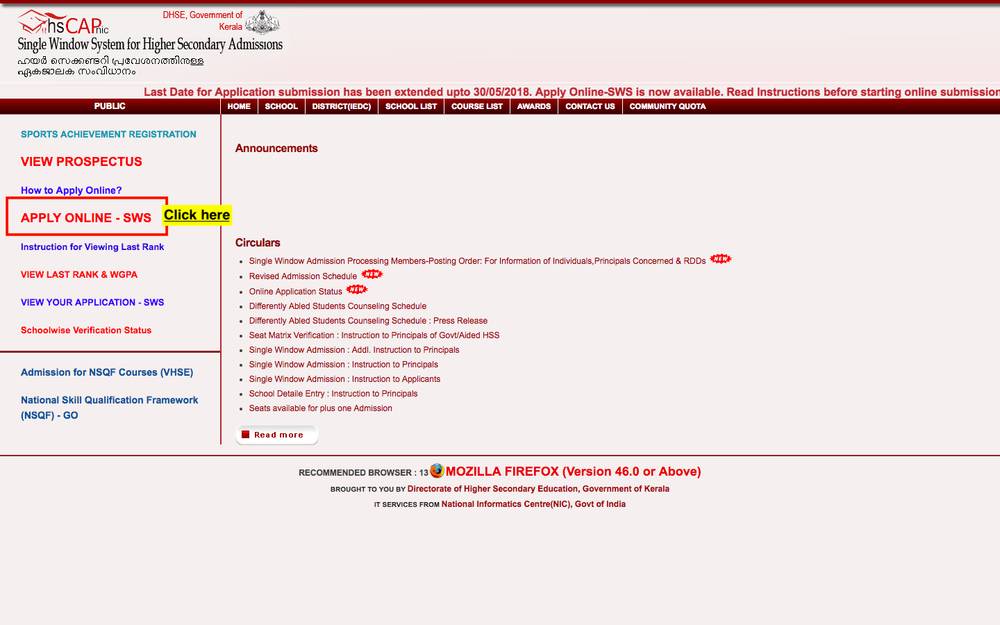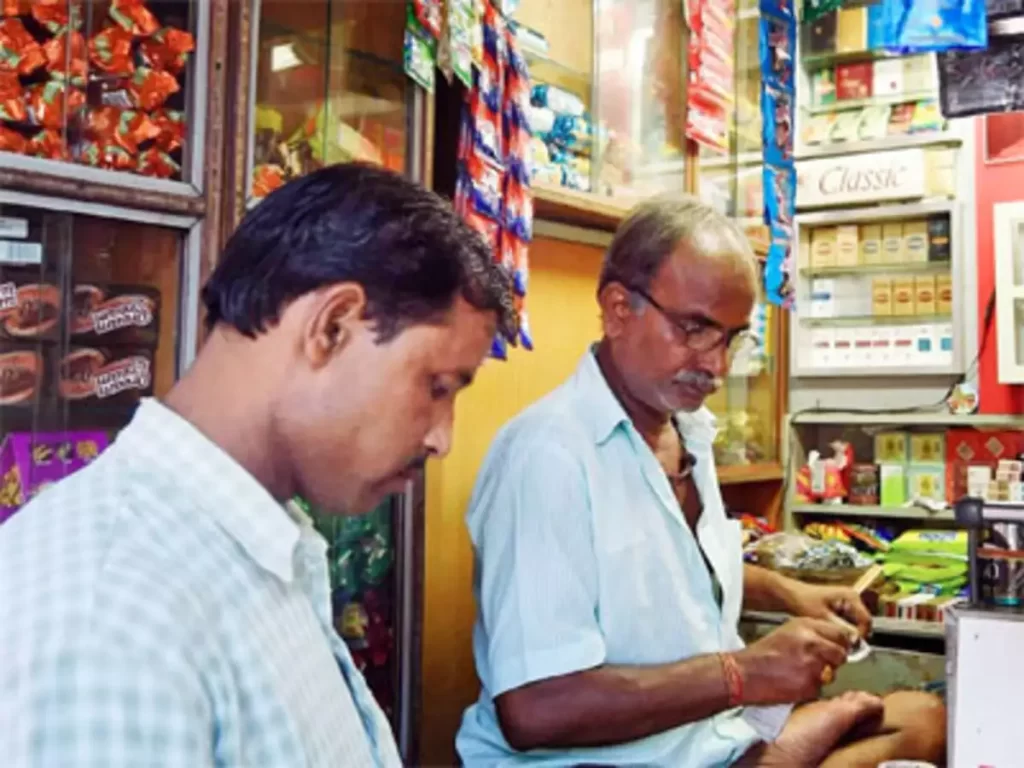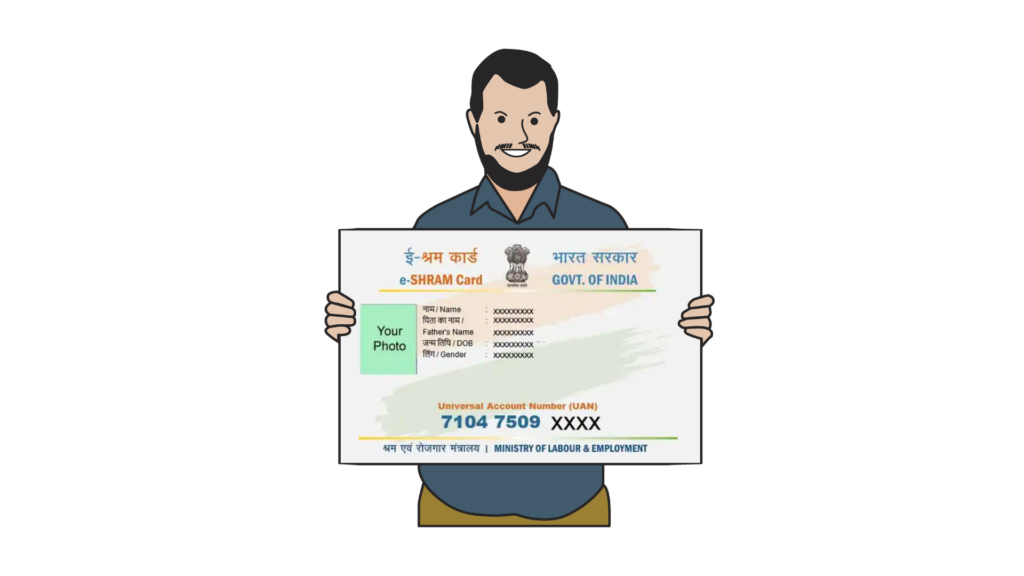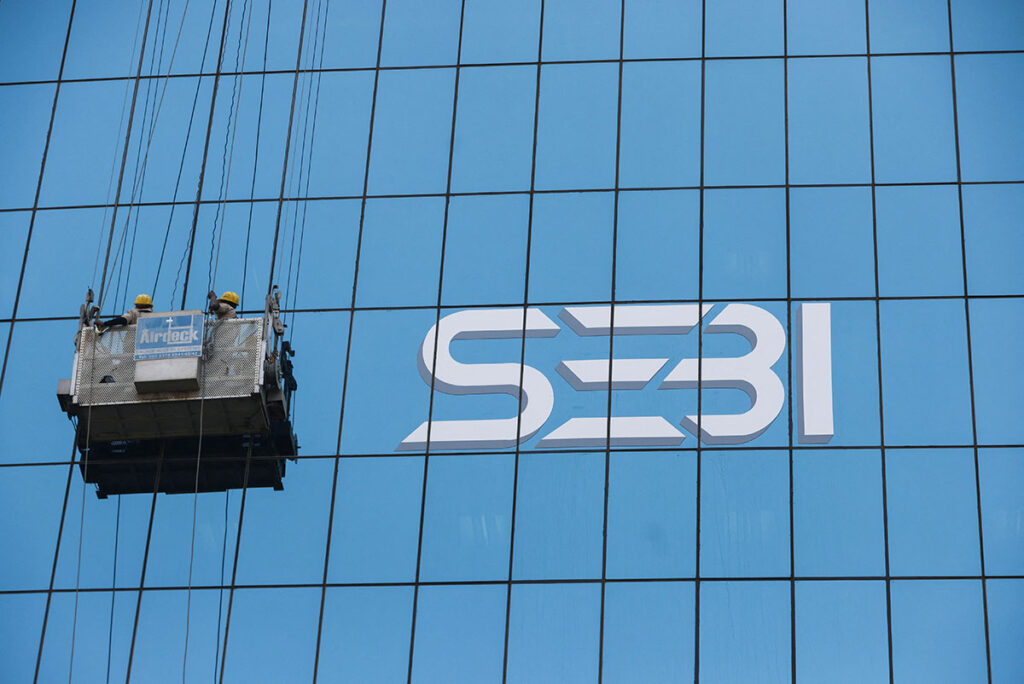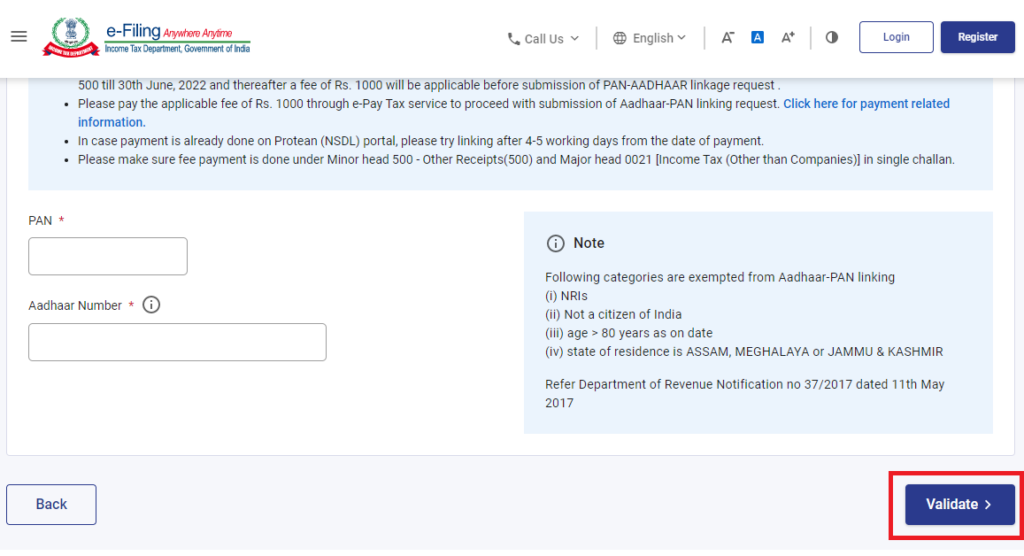HSCAP Registration
In order to cater to admissions for the first year higher secondary education in Kerala, the department of higher secondary education has chosen a one-stop solution for the online registration system, which is called HSCAP. This portal is a convenient method for students who could opt for their desired course in the desired school promptly. The allotment process for HSCAP gets rid of the requirement of submitting various applications for different courses in different schools. With the help of HSCAP, admission process candidates could apply for a lot of courses in any school in a district via this portal. Kerala HSCAP 2024 Application Form Kerala will release the form for the HSCAP 2024 on May 16, 2024 and the window to apply online will be available till May 25. Whether an individual wants to get admission for Plus One (+1) course with Science, Commerce or Arts, he or she needs to know that after the release of notification, we will also activate the direct link inside the table below. The application form for the Higher Secondary Centralized Admission Process 2024 provides a process for students seeking admission to Plus One courses in Science, Commerce, Arts, or Vocational streams in Kerala. To apply, applicants will be required to fill in their personal details, academic information, and preferences for course selection. HSCAP Registration Eligibility Candidates must have passed SSLC or 10th class from any recognized board. The aspirants eligible for the admissions are not age bound. However, it depends on the specified school or college, and it could be understood from the portal that belongs to the specific school or college. The selection of the candidates is on the basis of the merit marks of the 10th class. The application fee for the applicants is Rs.25 Registration The aspirants should pay application fee along with application online. The aspirants can check the official website of the school or college they are applying to understand the fee details. The application is dependent on the category of the students. The Principal of the school must sign the application along with the seal of the school. The interested candidate must retain the acknowledgment slip for the following procedures. The application fee is Rs 25, and it must be paid along with the submission of the application of Kerala Plus One Admission. Kerala HSCAP 2024 Required Documents SSLC (Class 10) Mark Sheet Transfer Certificate (TC) Category/Caste Certificate (if applicable) Income Certificate (if applicable) Passport-sized Photographs Aadhar Card or Identity Proof Steps to Fill the Online Application Form Step: 1 – Web Portal The applicant must visit the official website hscap.kerala.gov.in Step: 2 – Apply Online – SWS Select Apply Online – SWS (Single Window System) from the home page. Step: 3 – Enter Applicant Details Select the district in which the applicant has to make the application. Complete the following information about the student: Step: 4 – Filling the Form The applicant must fill in the form available on the web portal online. Finally, the applicant must upload the required documents and submit them before the last date of application. FAQs What is HSCAP? HSCAP stands for Higher Secondary Centralized Admission Process. It is a system implemented by the government for managing admissions to higher secondary schools (classes 11 and 12) in a streamlined and transparent manner. Who is eligible for HSCAP registration? Students who have completed their secondary education (class 10) and wish to pursue higher secondary education (class 11) in government or aided schools are eligible for HSCAP registration.
HSCAP Registration Read More »
